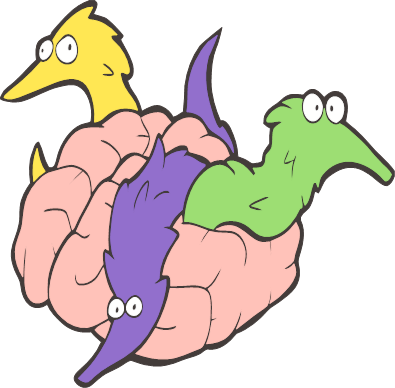for all the libs scratched by this meme, here’s a good link for you to read about how memes are a highly political medium (just like propaganda posters and pamphlets used to be)
https://thegeekanthropologist.com/2020/08/03/the-poetics-of-internet-memes/
There’s also some good scholarly works that get into this much deeper as well.
here’s a quote since libs don’t usually read from links:
I want to begin by discussing three ways I commonly see memes used: meme as revelation, meme as critique, and meme as ideation. This is not a comprehensive typology by any means, but it is a start at understanding the ways that memes are used in social life. These different ways of using memes also allows us to understand the different media ideologies associated with them. Media ideologies are, “beliefs, attitudes, and strategies about a single medium” (Gerson 2010b, 389). These ideologies show us, “the ways the medium shapes the message,” helping us to see “the communicative possibilities and the material limitations of a specific channel” (Gershon 2010, 283).
The potentially endless media ideologies associated with memes is, I believe, a product of their perceived informality as a form of communication, seen through their association with internet culture, “low” art, and post-GenXers. As Gershon (2010) explains, “media become perceived as formal or informal just as registers are perceived as formal or informal” (290). This perception has relegated memes to what Halberstam (2011) calls “the silly archive,” comprised of texts which “might offer strange and anticapitalist logics of being and acting and knowing” (20–21). This is what makes memes so deeply political—they are able to bypass the dominant cultural logics of “being and acting and knowing” that often constrain our imaginations and tie concepts and ideas to particular mediums.
Another reason memes are political is their accessibility. Not only are they simple—a user only needs to come up with a short description to fit a meme image—they can also be easily created on a number of meme generating websites. This democratization of meme production is what allows for the “subversive and transformative engagements” I referenced earlier. The accessibility of and creative engagement with memes reveal that it is not only meme images themselves that shape their message, but also the ways in which users understand memes as a medium, and the meanings they associate with or construct through specific memes.
We might also consider the production of memes through the model of the supply chain, thinking with Anna Tsing (2009) about the salience of global capitalism. While there are obvious differences in the circulation of digital media as opposed to material commodities, meme (re)production, like supply chains, “don’t merely use preexisting diversity; they also revitalize and create niche segregation through advising economic performance” (150). Here, I want to suggest that we add “social” to “economic,” which is seen through the creation of online communities and the multilayered shaping of subjectivities in local contexts. The meme economy is intimately related to media ideology, since the “beliefs, attitudes, and strategies” regarding memes influence motivations for the (re)production and circulation of certain memes, offering yet another layer for considering the importance of memes in social life.











So some rail unions would like to talk to you about ‘taking any win we can get’ I’d imagine.